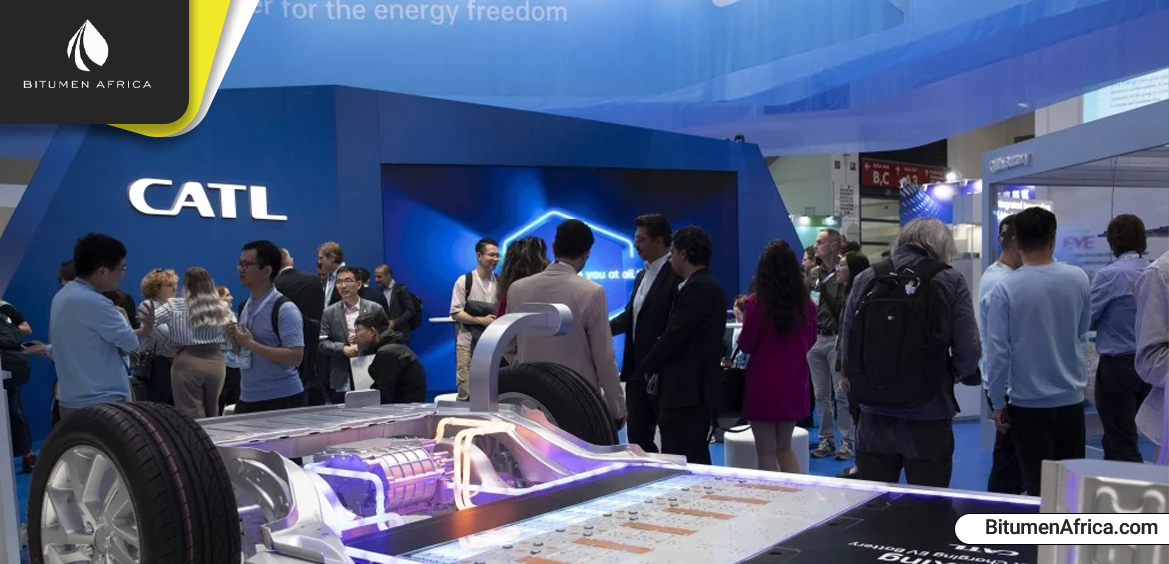China’s battery industry is facing a paradox: massive growth potential abroad, but painful overcapacity at home. Last year, the average utilization rate of Chinese battery manufacturers plunged to just one-third of their maximum capacity. Years of aggressive expansion have flooded the market, squeezing smaller players and triggering a wave of consolidation.
To survive, Chinese companies are looking outward—and it’s working. In the first half of this year alone, Chinese battery storage firms secured nearly 200 overseas orders totaling 186 gigawatt-hours (GWh), marking a staggering 220% year-over-year increase. But not all markets are equally welcoming: less than 3% of those orders came from the United States, where steep tariffs have made Chinese imports prohibitively expensive.
In April, the Trump administration imposed duties as high as 3,521% on solar imports from Southeast Asia—tariffs that effectively target Chinese solar giants like JinkoSolar and Trina Solar. In response, Chinese firms are rapidly localizing production abroad, with about 80% of their overseas solar manufacturing capacity now based in Southeast Asia.
“The industry used to say that you either go overseas or exit the game,” said Gao Jifan, chairman of Trina Solar. “Now, due to tariffs, simply exporting isn’t enough; you must also localise production abroad.”
🇨🇳 Back home, China’s battery sector is getting a boost from new policy support. The National Energy Administration has announced plans to mobilize 250 billion yuan (~$32 billion) to build 180 GW of new energy storage capacity by 2027. The results are already showing: 47 of 55 listed Chinese energy storage companies were profitable in the first half of 2025. CATL, one of the world’s largest lithium-ion battery makers, reported a 33% jump in net profit and a 7.3% rise in revenue, driven by surging global demand for energy storage cells.
And the global outlook is even more ambitious. Wood Mackenzie projects that battery storage investment will hit $1.2 trillion by 2034, supporting over 5,900 GW of new wind and solar capacity. Advanced battery technologies will be essential to stabilize grids as renewables take center stage.
🇺🇸 Meanwhile, the U.S. battery storage market is booming. Once a marginal player, battery systems are now outpacing other power sources in some regions. Thanks to a 40% drop in battery prices since 2022, the U.S. has installed nearly 30,000 MW of utility-scale battery capacity—a 15-fold increase since 2020. California leads the charge, with 13,000 MW of battery storage, accounting for 42% of the national total.
According to Lazard’s latest LCOE+ report, solar-plus-battery systems are now among the most cost-competitive power sources, even without subsidies. They’re also faster to deploy than traditional gas plants, making them ideal for meeting surging electricity demand driven by AI and clean energy manufacturing.
As the world pivots to renewables, battery storage is emerging as the backbone of the new energy economy. China may be leading the charge, but tariffs, geopolitics, and local market dynamics are reshaping the landscape in real time.

